As the world is hit by the worst pandemic in the history of the century, it is important to understand the healthcare system more than ever. There are various hospitals and health care centers all around us. With increasing cases of various ailments, it is not easy or feasible to keep going to different locations for different treatments. At this point, due to our sedentary lifestyle, there are many new diseases that have emerged and they require multi-specialists.
What is a Multi-Speciality Hospital?
A Multi-speciality Hospital is one that has facilities for all ailments and diseases with an expert team of doctors and specialists. The patients are so immensely taken care of with air-conditioned rooms and canteens inside and personalized care. The amenities could include these but not limited to:
- General Medicine
- General Surgery
- Neuro physician
- Neurosurgeon
- Gastro physician
- Gastro surgeon
- Cardiologist
- Cardiothoracic surgeon
- Pulmonology
- Ophthalmology
- Rheumatology
- Hematology/Oncology
- Orthopedic surgeons
- Gynecologist
- Obstetric doctors
- Pediatric care
- Nephrologist
- Urologist
- Endocrinologist
- Plastic surgeon
- Dentist
Significance of Multi-Speciality Hospitals
The healthcare industry has been ever-evolving with the changing needs and scenarios of our times. The frameworks and strategies of healthcare administrations have moreover changed and strikingly modernized.
All over the world, traditional clinics have a single specialty with a few sub-categorized treatments related to different specialties with specialists and staff for the same. Such hospitals afterward advanced to be known as ‘Multi-speciality Hospitals, that gave importance to every disease and ailment.
Easy Treatments, Affordable Costs:
Since all the amenities are under the same roof it is easy to get treatments for various ailments without having to travel to different places and hospitals. It saves a lot of time and money along with a lot of other resources.
Larger teams with Multiple Specialities:
The biggest hurdle that patients face while being diagnosed at a traditional/speciality hospital is when they are told to transfer to a different hospital due to a lack of staff and equipment. This wastes a lot of time and money. At a multi-speciality hospital, this does not happen because of the presence of different doctors, physicians, surgeons, neurologists, etc, who can keep track of patients’ records from different departments. It creates a uniform structure for the patients and doctors along with other hospital staff.
Varied Equipment available Under One Roof:
There are varied equipment and the latest technology available for different procedures and treatments. Managed by the best Surgeons, Physicians, and Doctors in Udaipur, with a passion for caring. There is a fully equipped diagnostic center OPD and IPD, Ambulance, Critical Care- ICU, and a pharmacy.
Treating Different Lifestyle Diseases Simultaneously:
Life has changed very drastically for the past two decades as the nature of work became very sedentary. Since most work happens sitting indoors, there has been an emergence of various lifestyle diseases. Ailments are related to eyes, teeth, heart, etc due to changes in lifestyle choices and food habits.
Better Integration With Insurance Companies:
If your insurance company is tied to one specialty hospital or service, they only have coverage for limited treatments and facilities. Those insurance policies cannot have an alliance with all specialty hospitals, therefore if all the facilities and treatments are available under one roof, the insurance companies have better integration with hospitals and have more coverage.
The financial health of a country is very important, keeping in mind the on-going crisis and onset of the recession, there are various things that affect the overall growth of a person and a country, in many ways, they go hand in hand.
About Chaudhary Hospital
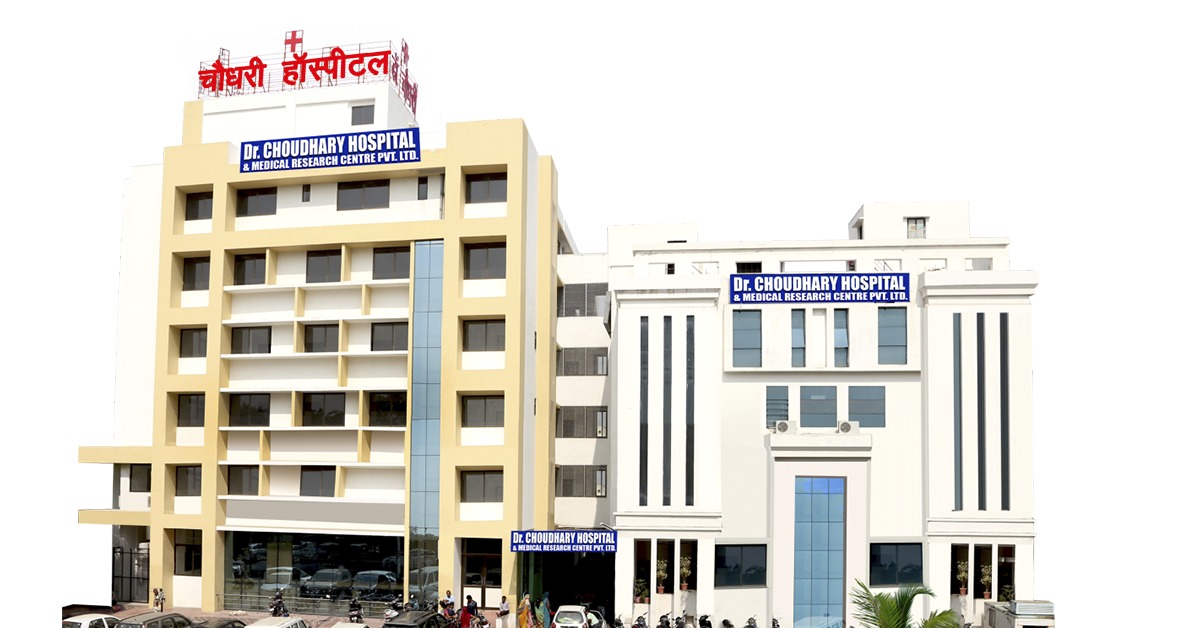
Established in 2005 by Dr. B.R. Chaudhary, Dr. Chaudhary Hospital is Udaipur’s first NABH Certified multi-speciality hospital. It is one of the top multi-speciality hospitals in the city of Udaipur. Our hospital is renowned and recognized as a premier healthcare provider in Rajasthan. Keeping in mind the ongoing crisis of the COVID Coronavirus outbreak we have a COVID Care ward with quarantine facilities. We have the most qualified team of doctors, neurologists, and surgeons, well-esteemed in Udaipur for being excellent at their medical practices and providing various healthcare professional services.
Today, we are one of the best private hospitals in Udaipur with remarkable healthcare facilities, along with the use of the absolute best and latest technology, medical equipment for ideal treatment at our hospital. Alongside benefiting healthcare services, the modern infrastructure of the hospital adds to the beauty of the hospital in Udaipur city. There is a fully equipped diagnostic center OPD and IPD, Ambulance, Critical Care- ICU, and a pharmacy. For over a few years we have been serving more than 12 districts of Rajasthan and a wide area of Madhya Pradesh with exceptional healthcare facilities. Our primary focus is on clinical excellence at affordable costs and a patient-centric culture along with transparency in billing and the highest quality care.


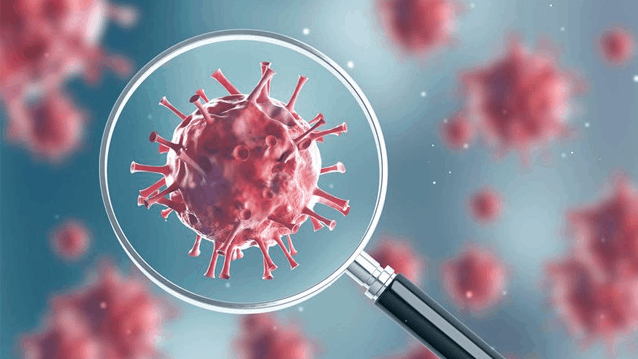
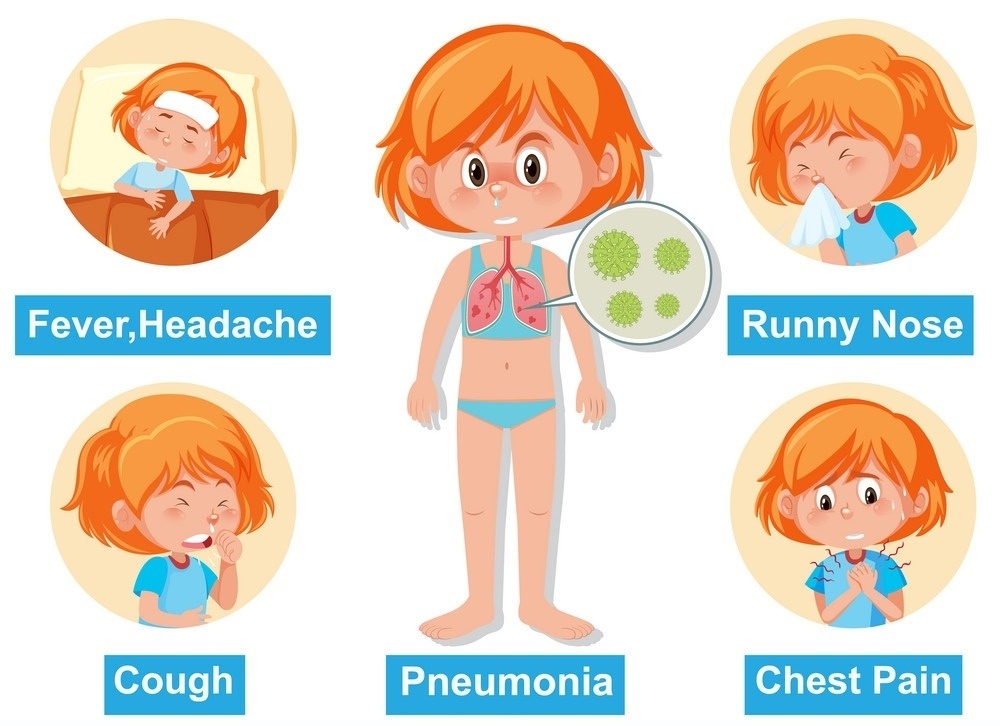
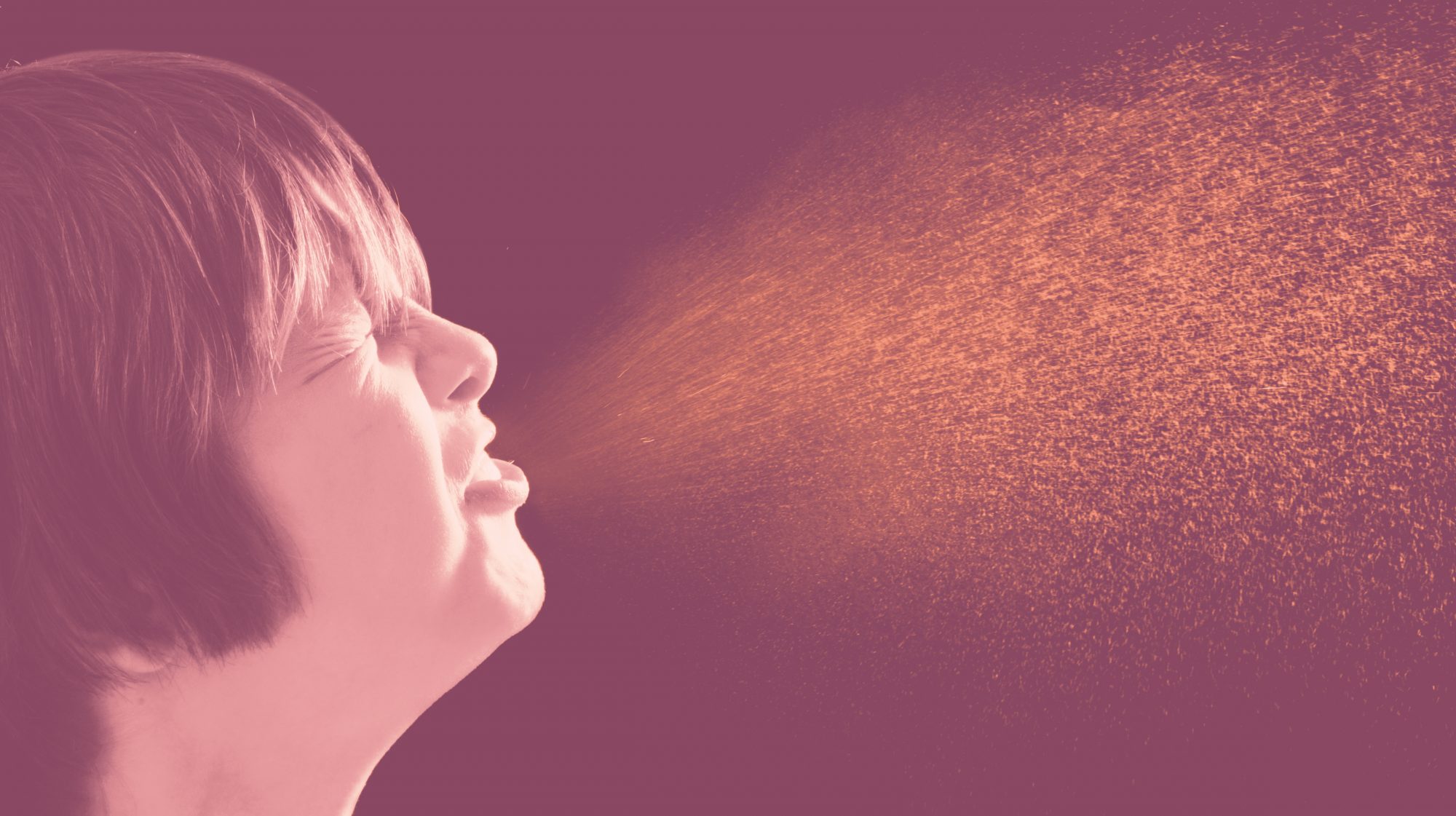 Coronavirus is transmitted through human contact, sneezes, or cough droplets. You might get the virus if you come in close contact with someone who has the virus or they have coughed or sneezed in the same proximity as you. According to experts, infected people who have coughed or sneezed on common surfaces like tables or chairs are also spreading the disease. Besides that, the use of unwashed hands to touch your face is also proven to be effective in the spread of coronavirus.
Coronavirus is transmitted through human contact, sneezes, or cough droplets. You might get the virus if you come in close contact with someone who has the virus or they have coughed or sneezed in the same proximity as you. According to experts, infected people who have coughed or sneezed on common surfaces like tables or chairs are also spreading the disease. Besides that, the use of unwashed hands to touch your face is also proven to be effective in the spread of coronavirus. Incubation Period refers to the time between catching the virus and when the body begins exhibiting symptoms of the disease. As per experts, the incubation period of COVID-19 is between 1-14 days, mostly around five days. This might range for the current data will be updated when a deeper study of the new data would become available. It is best suggested by doctors and experts to remain under quarantine and assess the symptoms.
Incubation Period refers to the time between catching the virus and when the body begins exhibiting symptoms of the disease. As per experts, the incubation period of COVID-19 is between 1-14 days, mostly around five days. This might range for the current data will be updated when a deeper study of the new data would become available. It is best suggested by doctors and experts to remain under quarantine and assess the symptoms.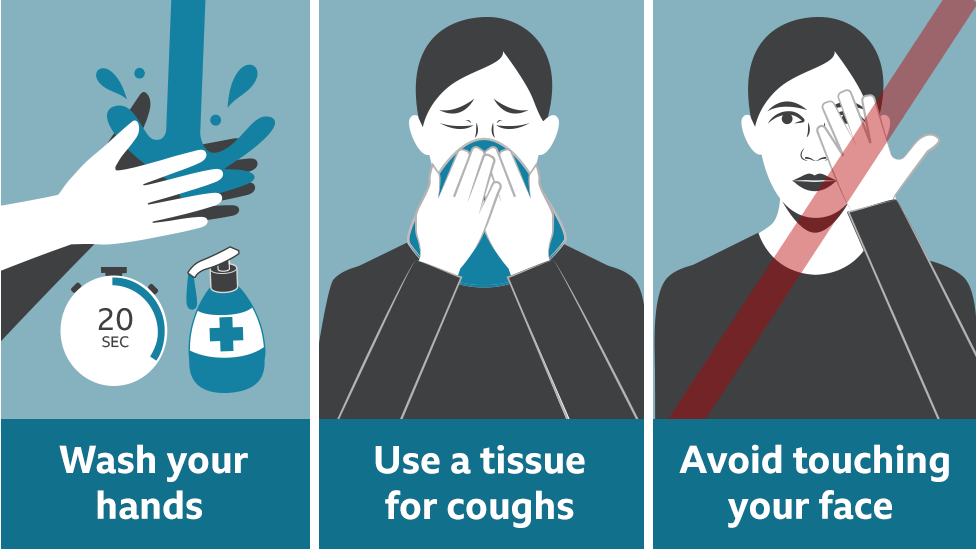 While there is no vaccine available to prevent infection with the new coronavirus, you can take measures to minimize your risk of infection.
While there is no vaccine available to prevent infection with the new coronavirus, you can take measures to minimize your risk of infection.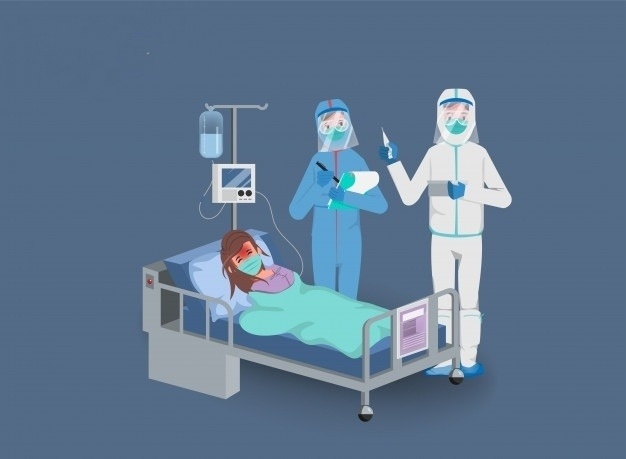 In case of change in body temperature or cough, experts suggest that anybody with prominent symptoms should stay home for at least 7 days. In case they live with family, they should live in their home for at least 14 days. This is suggested to prevent the disease from spreading further; outside the home. In case the symptoms continue to last or grow than seven days, you should call for medical service.
In case of change in body temperature or cough, experts suggest that anybody with prominent symptoms should stay home for at least 7 days. In case they live with family, they should live in their home for at least 14 days. This is suggested to prevent the disease from spreading further; outside the home. In case the symptoms continue to last or grow than seven days, you should call for medical service.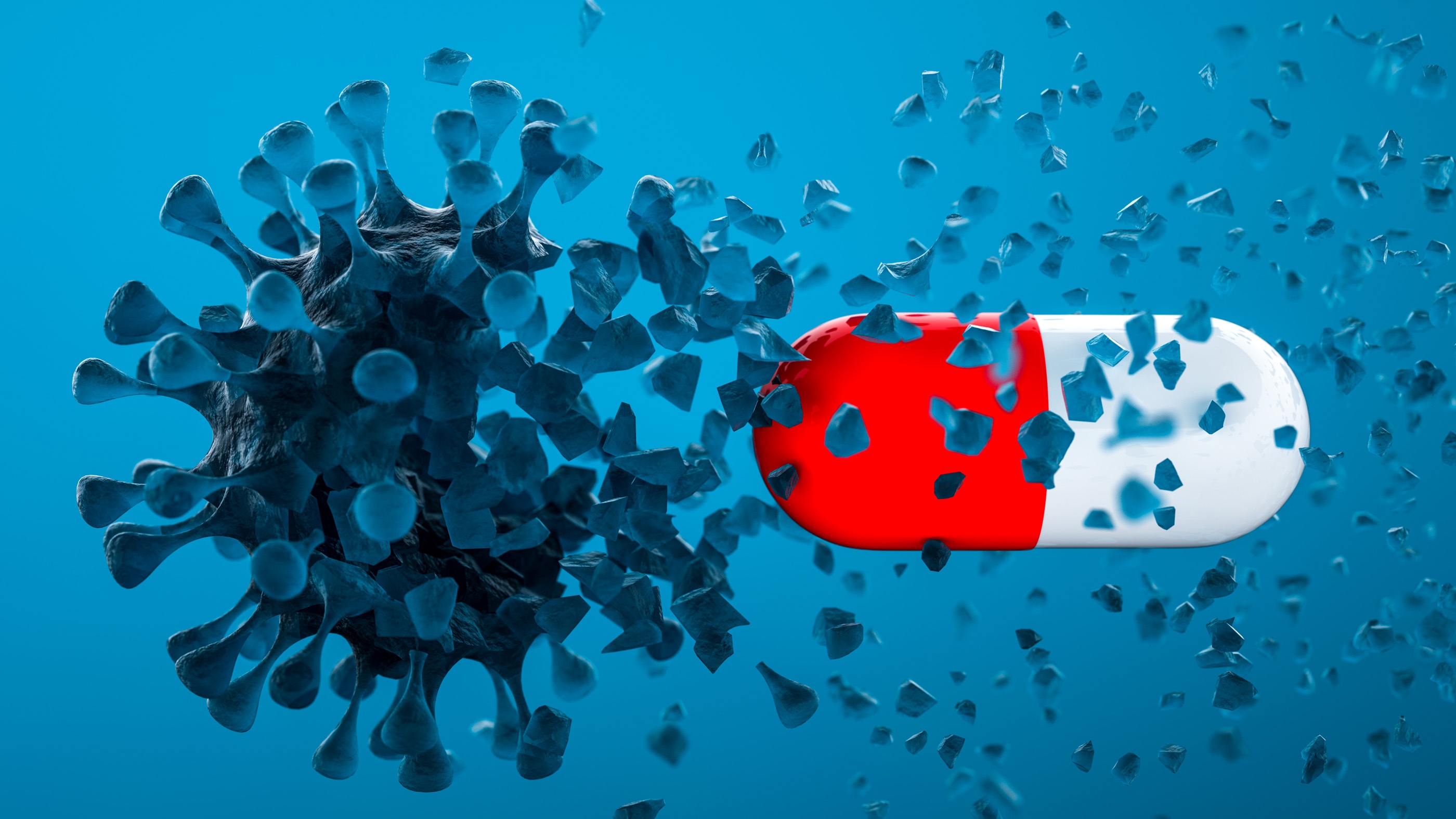 At present. there is no clearly approved treatment for COVID-19 and no cure for the infection. Although therapies and vaccines are currently under review. At the time being, all treatments focus on treating symptoms as the infection is rapidly progressing.
At present. there is no clearly approved treatment for COVID-19 and no cure for the infection. Although therapies and vaccines are currently under review. At the time being, all treatments focus on treating symptoms as the infection is rapidly progressing.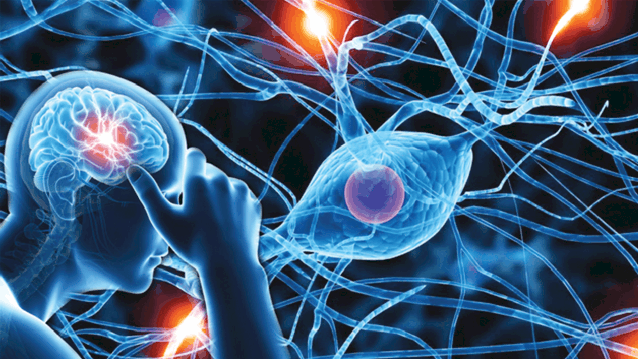
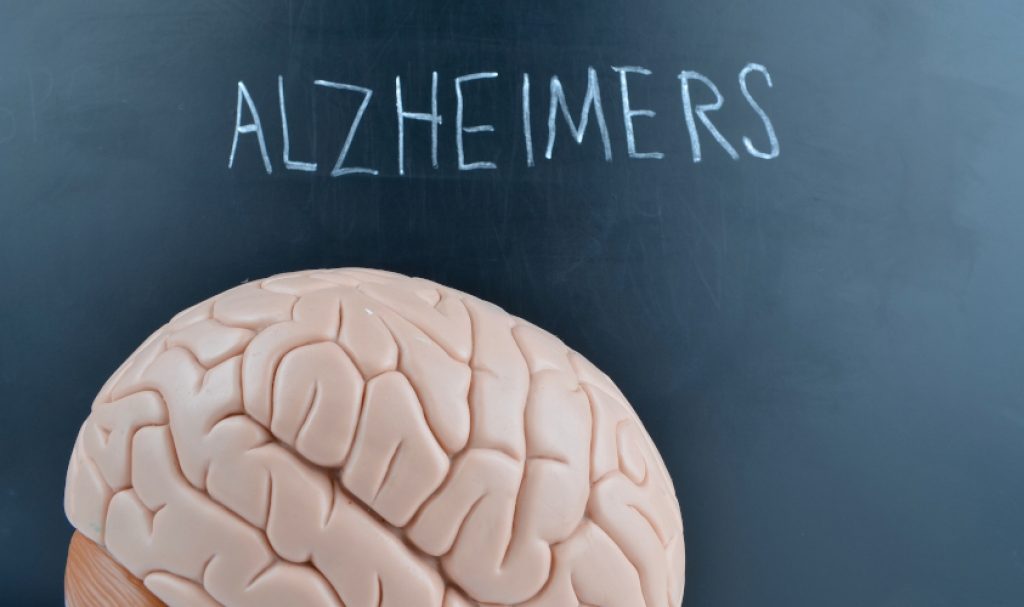 Alzheimer’s disease (AD) is the most common form of dementia found in older people. Dementia is a brain disease that severely affects an individual’s ability to perform everyday activities.
Alzheimer’s disease (AD) is the most common form of dementia found in older people. Dementia is a brain disease that severely affects an individual’s ability to perform everyday activities.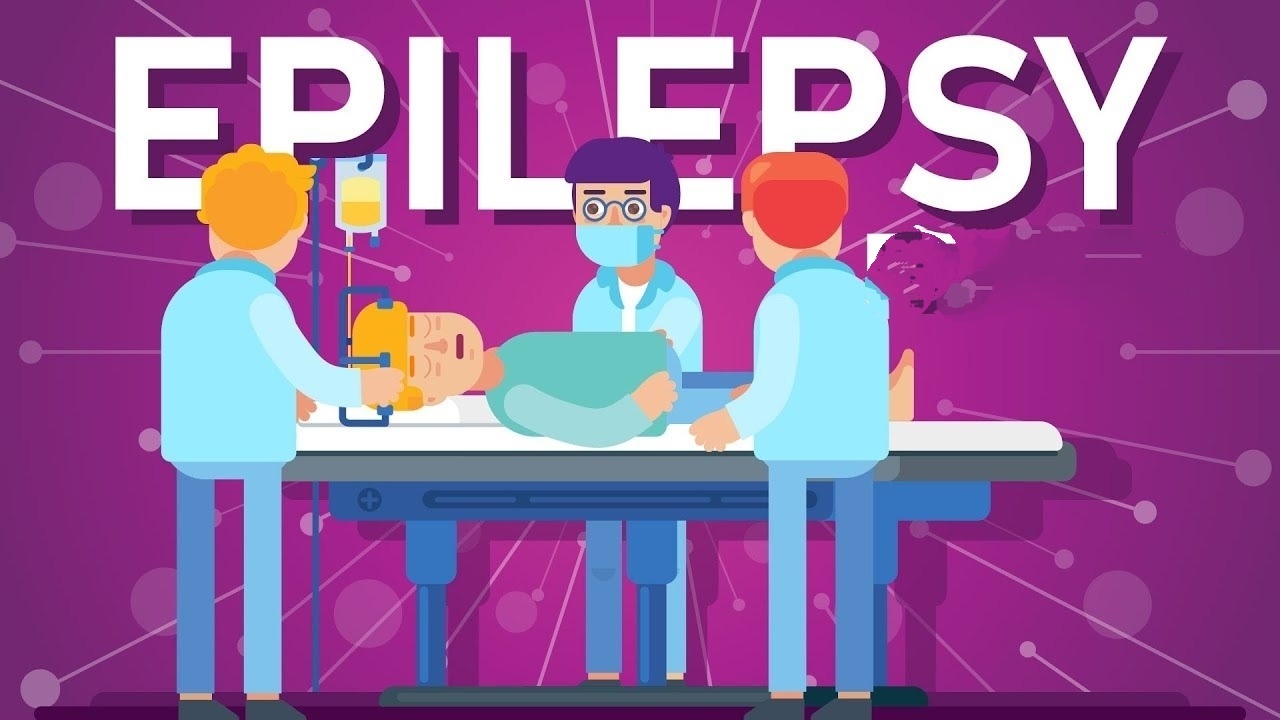 Epilepsy is a condition that is characterized by frequent seizures.
Epilepsy is a condition that is characterized by frequent seizures. 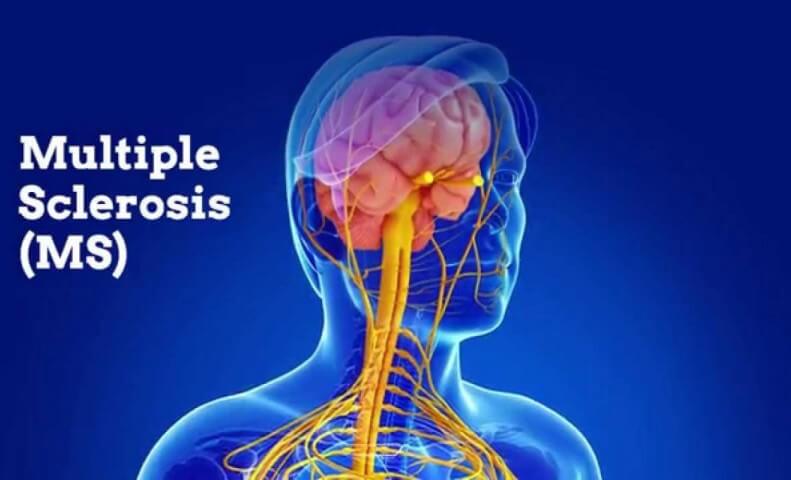 Multiple sclerosis (MS) is a condition that causes demyelination (disruption of myelin that isolates and preserves nerve cells) of the spinal nerves and brain cells.
Multiple sclerosis (MS) is a condition that causes demyelination (disruption of myelin that isolates and preserves nerve cells) of the spinal nerves and brain cells.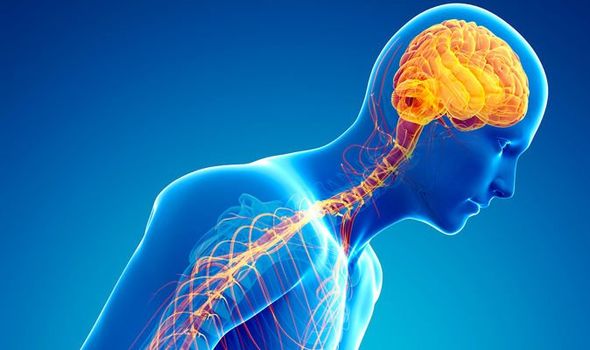 Parkinson’s disease is a neurodegenerative condition that leads to a gradual deterioration of motor activity due to the loss of dopamine-producing brain cells.
Parkinson’s disease is a neurodegenerative condition that leads to a gradual deterioration of motor activity due to the loss of dopamine-producing brain cells.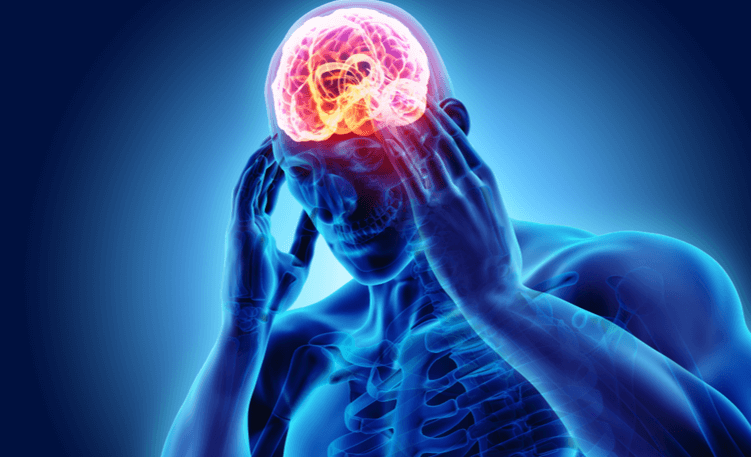 A migraine is a form of headache. Symptoms such as nausea, vomiting, or sensitivity to light and sound may occur. In certain cases, only one side of the head experiences throbbing pain.
A migraine is a form of headache. Symptoms such as nausea, vomiting, or sensitivity to light and sound may occur. In certain cases, only one side of the head experiences throbbing pain.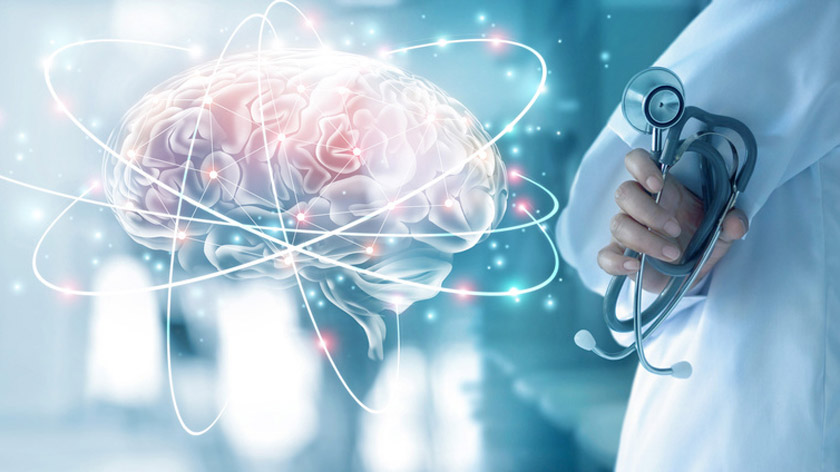 There are various methods of therapy for different forms of neurological disorders. Medications can be used orally, topically or intravenously. Device-based therapies, such as deep brain stimulation, surgery, including tumor removal procedures, physical therapy, and rehabilitation are also medications that can be used to heal these conditions.
There are various methods of therapy for different forms of neurological disorders. Medications can be used orally, topically or intravenously. Device-based therapies, such as deep brain stimulation, surgery, including tumor removal procedures, physical therapy, and rehabilitation are also medications that can be used to heal these conditions.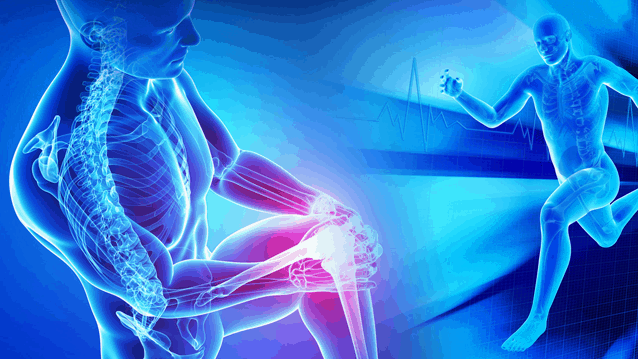
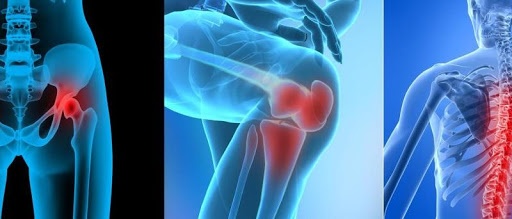 Orthopedics problems are often associated with some type of stress, strain, or damage involving muscles, ligaments, and joints. Adults, in particular, may experience muscle-related discomfort due to age-related conditions, temporary inflammation, and corresponding medical conditions such as diabetes and high blood pressure.
Orthopedics problems are often associated with some type of stress, strain, or damage involving muscles, ligaments, and joints. Adults, in particular, may experience muscle-related discomfort due to age-related conditions, temporary inflammation, and corresponding medical conditions such as diabetes and high blood pressure.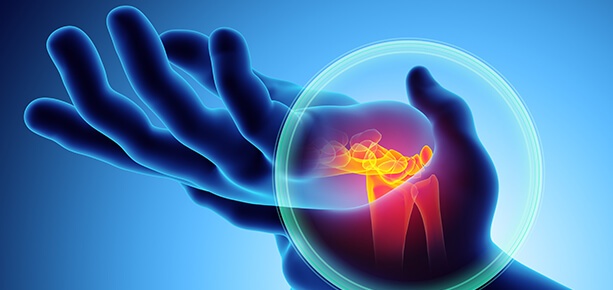 Approximately 180 million Indians are affected by arthritis, which can put pressure on the joints and muscles of the resulting inflammation. Chronic in nature, arthritis is often caused by movement and can lead to permanent tissue damage over time. Rheumatoid arthritis and osteoarthritis, the most severe types of arthritis, frequently affect the thighs, knees, and lower back.
Approximately 180 million Indians are affected by arthritis, which can put pressure on the joints and muscles of the resulting inflammation. Chronic in nature, arthritis is often caused by movement and can lead to permanent tissue damage over time. Rheumatoid arthritis and osteoarthritis, the most severe types of arthritis, frequently affect the thighs, knees, and lower back.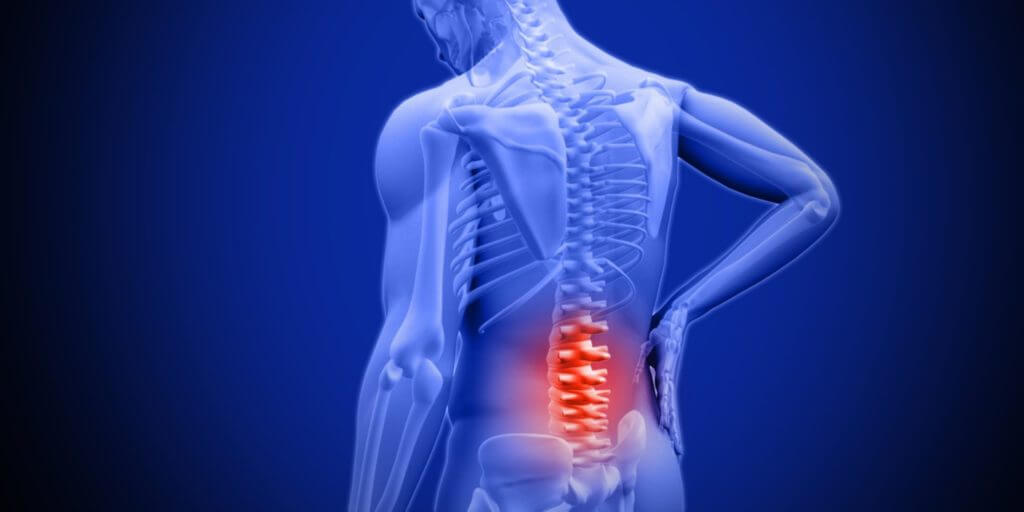 One in ten people has some degree of low back pain. Symptoms can range from mild to severe, with possible causes just as large. Since it can be difficult to identify the source of lower back pain, the elimination process is usually necessary to fine-tune treatment options.
One in ten people has some degree of low back pain. Symptoms can range from mild to severe, with possible causes just as large. Since it can be difficult to identify the source of lower back pain, the elimination process is usually necessary to fine-tune treatment options. As with pain in the neck, shoulder pain can be either localized or radiated to nearby areas, often to the shoulders. Rotator cuff injuries are the result of damage to any of the four muscles that support each shoulder joint. Big, heavy bursa muscles that protect the shoulders may also be weakened by sharp blows or extreme falls. The resulting inflammation is referred to as bursitis.
As with pain in the neck, shoulder pain can be either localized or radiated to nearby areas, often to the shoulders. Rotator cuff injuries are the result of damage to any of the four muscles that support each shoulder joint. Big, heavy bursa muscles that protect the shoulders may also be weakened by sharp blows or extreme falls. The resulting inflammation is referred to as bursitis.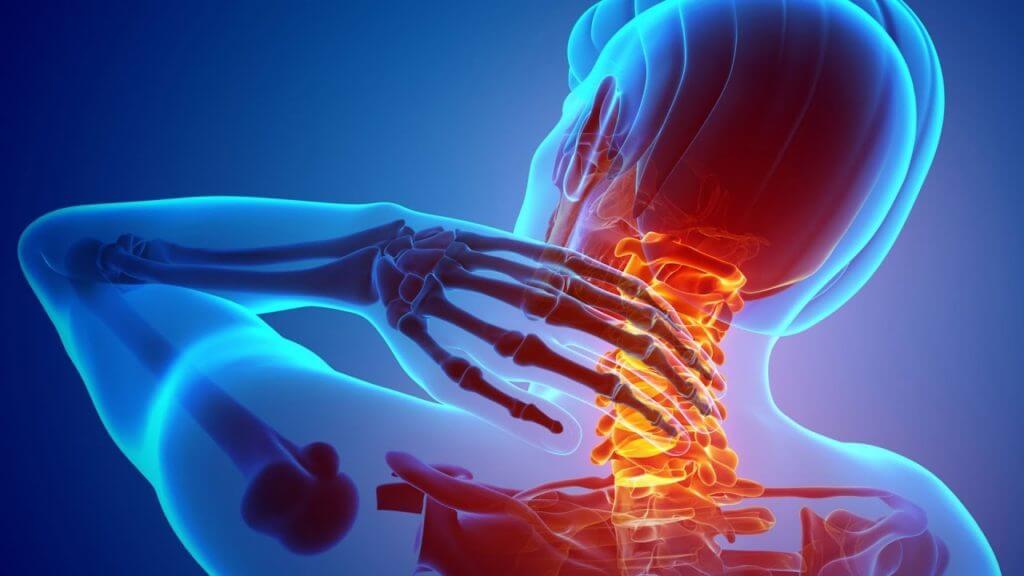 Muscle strain in the cervical spine can contribute to associated neck and discomfort, which may be further exacerbated by the disk and joint tears. Herniated cervical disks and injuries to tendons and muscles can lead to pain in the neck that can radiate to the back and shoulders.
Muscle strain in the cervical spine can contribute to associated neck and discomfort, which may be further exacerbated by the disk and joint tears. Herniated cervical disks and injuries to tendons and muscles can lead to pain in the neck that can radiate to the back and shoulders.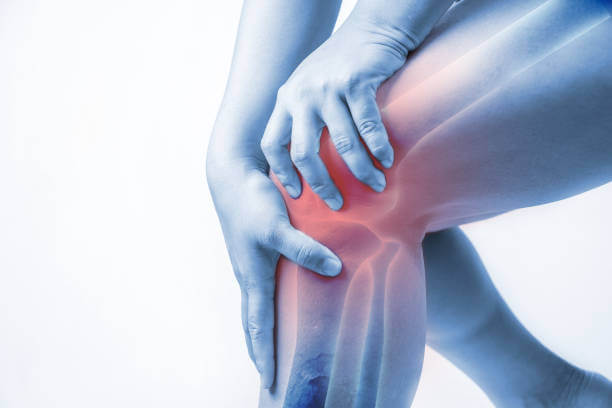 Stress fractures, strains, and sprains are among the most common soft tissue injuries suffered by adults. So long as there is no serious muscle injury, soft tissue injuries usually respond well to conservative, non-surgical procedures such as the use of heat or ice and some initial relaxation or alteration in regular activity.
Stress fractures, strains, and sprains are among the most common soft tissue injuries suffered by adults. So long as there is no serious muscle injury, soft tissue injuries usually respond well to conservative, non-surgical procedures such as the use of heat or ice and some initial relaxation or alteration in regular activity.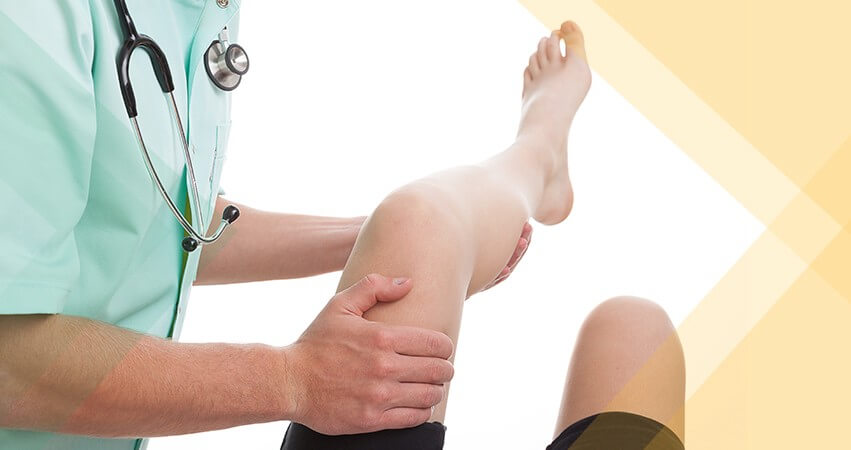 Orthopedics patients have benefited from technological advances such as joint replacement and an arthroscopy helps the orthopedic to look inside the joint. But your visit will begin with a personal interview and a physical examination. This may be accompanied by diagnostic tests, such as blood tests,
Orthopedics patients have benefited from technological advances such as joint replacement and an arthroscopy helps the orthopedic to look inside the joint. But your visit will begin with a personal interview and a physical examination. This may be accompanied by diagnostic tests, such as blood tests,  Chaudhary Hospital has the
Chaudhary Hospital has the 
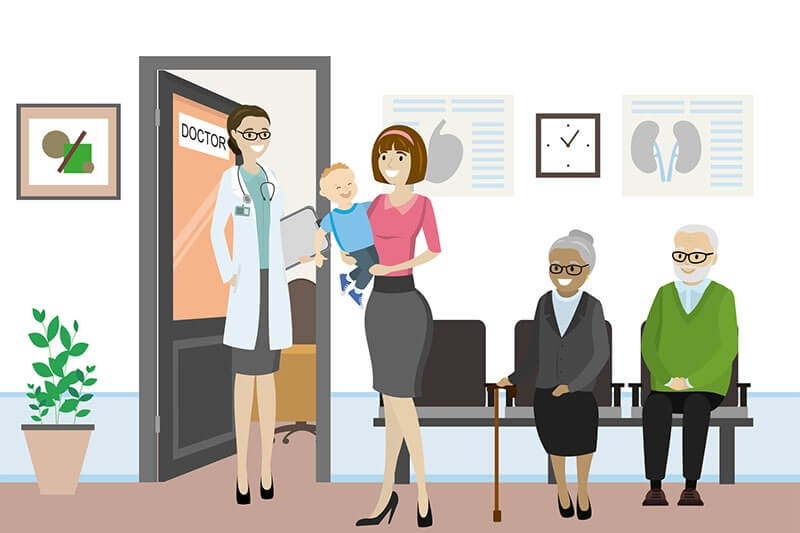 When selecting any hospitals, you need to test patient reviews and ratings. Since patient service is very critical to all hospitals. Take the most positive rate and analysis to make the best choices. The ranking would demonstrate the hospital’s quality and experience.
When selecting any hospitals, you need to test patient reviews and ratings. Since patient service is very critical to all hospitals. Take the most positive rate and analysis to make the best choices. The ranking would demonstrate the hospital’s quality and experience.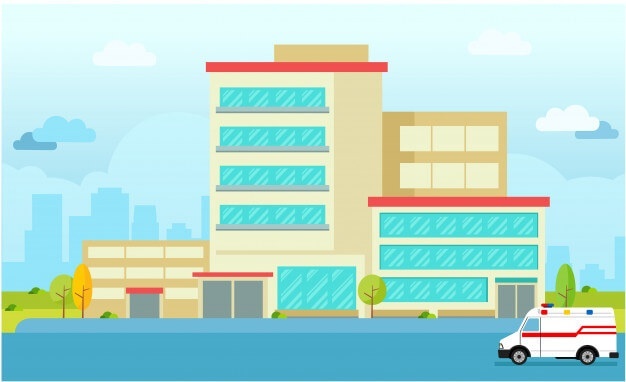 Most hospitals are going to have health and cleanliness. Because according to the Government regulations, all hospitals should have all the necessary safety measures and fire precautions. The hospital infrastructure is also very important to see. You wouldn’t want to be treated in a hospital that’s unhygienic and lacks the latest medical equipment and resources. Ensure that there are several emergency rooms and
Most hospitals are going to have health and cleanliness. Because according to the Government regulations, all hospitals should have all the necessary safety measures and fire precautions. The hospital infrastructure is also very important to see. You wouldn’t want to be treated in a hospital that’s unhygienic and lacks the latest medical equipment and resources. Ensure that there are several emergency rooms and 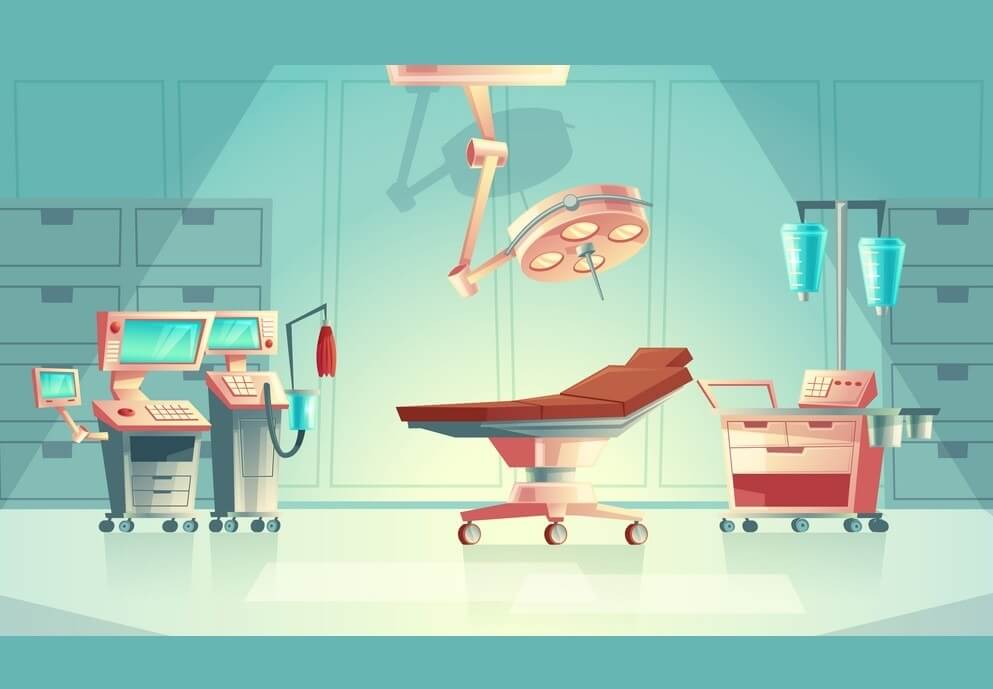 Patients can draw up a list of the top 10 hospitals in India according to their preferences, and then compare the technologies available there. Infrastructure and equipment have a big role to play in making the medical center stand out.
Patients can draw up a list of the top 10 hospitals in India according to their preferences, and then compare the technologies available there. Infrastructure and equipment have a big role to play in making the medical center stand out.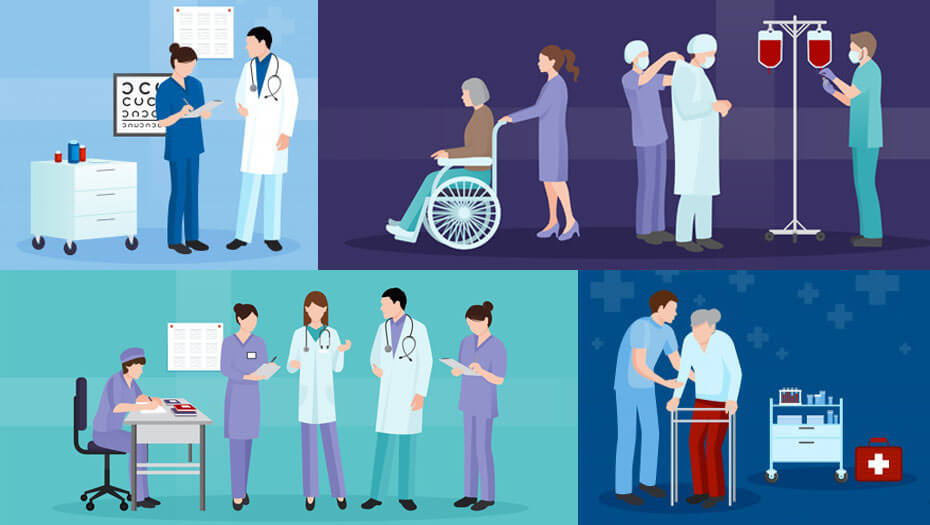 The most important thing we need to think about while choosing the best hospital is to test the training, qualifications, and experience of qualified doctors working in those hospitals. Before choosing hospitals, it is best to have a look at the doctor’s profiles and reviews.
The most important thing we need to think about while choosing the best hospital is to test the training, qualifications, and experience of qualified doctors working in those hospitals. Before choosing hospitals, it is best to have a look at the doctor’s profiles and reviews. We need to think about the facilities to live in the vicinity of hospitals. People should check out services such as pharmacy, hotels, lodging, transport, and more. Search for housing options and guest houses or rented accommodation near the hospital where you can rest and get around easily. You should also test the availability of ATMs and money transfer services such as Western Union and more.
We need to think about the facilities to live in the vicinity of hospitals. People should check out services such as pharmacy, hotels, lodging, transport, and more. Search for housing options and guest houses or rented accommodation near the hospital where you can rest and get around easily. You should also test the availability of ATMs and money transfer services such as Western Union and more.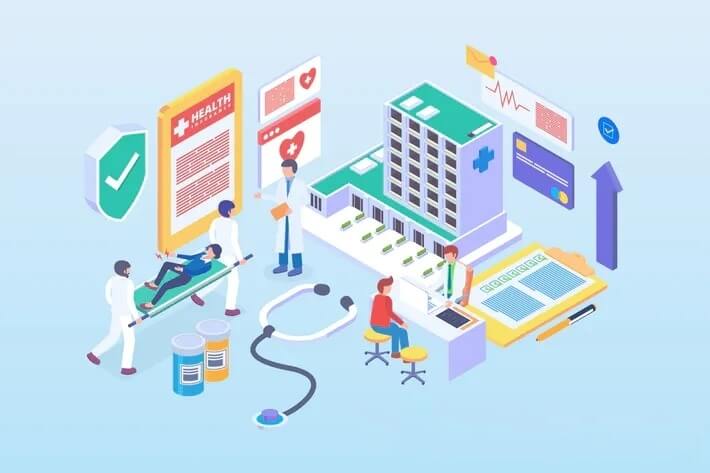 People covered by insurance plans need to test whether the hospitals that are shortlisted fall within the scope of their insurance coverage. This is going to help them make claims quickly. Hospital bills can be massive at times if your condition is serious; thus, insurance claims can be a blessing in such situations.
People covered by insurance plans need to test whether the hospitals that are shortlisted fall within the scope of their insurance coverage. This is going to help them make claims quickly. Hospital bills can be massive at times if your condition is serious; thus, insurance claims can be a blessing in such situations.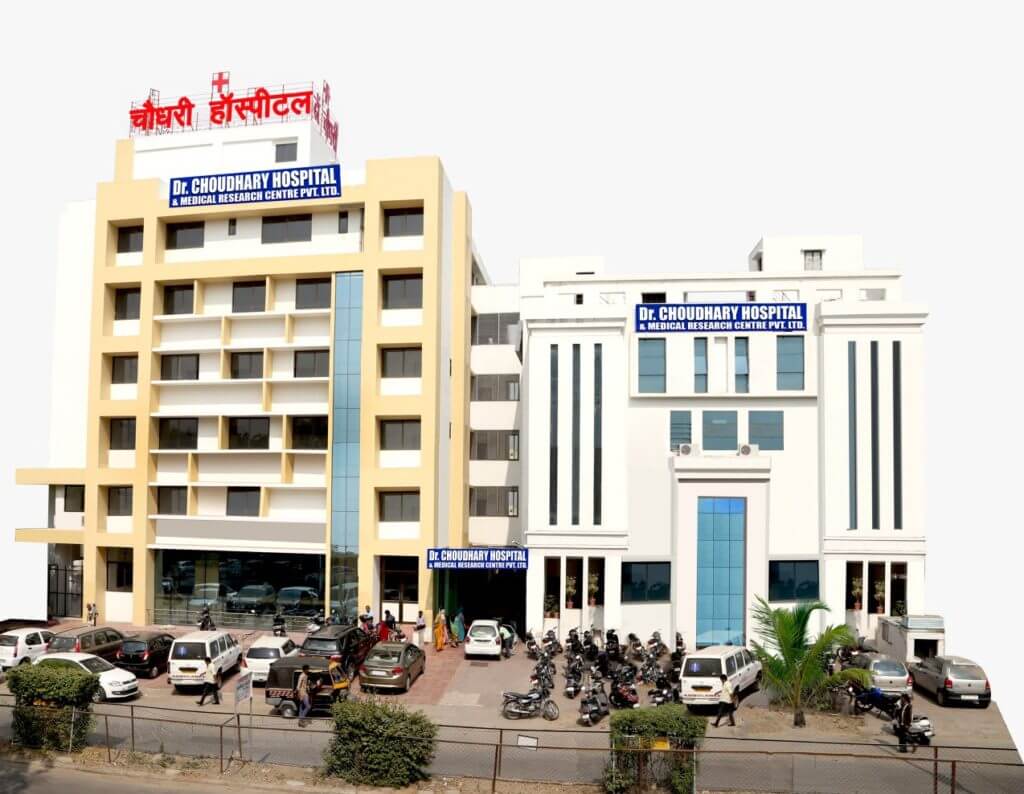 The hospital is renowned for its super-specialty services like
The hospital is renowned for its super-specialty services like